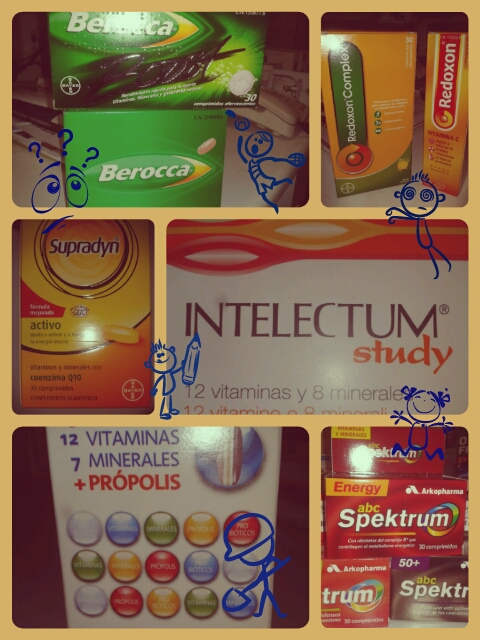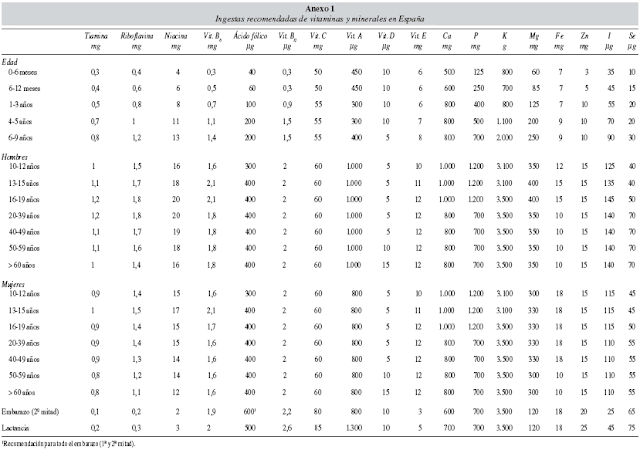¡Buenos y felices viernes familia!
El "post" de hoy tiene un sabor especial... En "Educatudieta" hablamos siempre de alimentos, dietas, consejos nutricionales, falsos mitos, prevención de enfermedades relacionadas con la nutrición e incluso su tratamiento, cómo hacer la compra, cómo llevar una alimentación saludable, etc. Pero el "post" de hoy va un poco más lejos de una educación meramente nutricional, se trata también de una educación social.
Como ya hemos aprendido durante estos meses, llevar una buena alimentación saludable es esencial para tener un estado de bienestar físico y mental. Por desgracia, hoy en día, vivimos una realidad difícil, que no podemos obviar.Los recursos económicos son escasos y existen personas y familias que no pueden acceder a los alimentos básicos.
No podemos taparnos los ojos y fingir que no pasa nada, ni podemos dejar de escuchar las situaciones personales complicadas de nuestro alrededor, ni callarnos.
No podemos taparnos los ojos y fingir que no pasa nada, ni podemos dejar de escuchar las situaciones personales complicadas de nuestro alrededor, ni callarnos.
 |
| Los tres monos sabios de Tokio («no ver, no oír, no decir») |
Por eso os animamos a todos a colaborar con una iniciativa que seguramente ya conocéis "Los Bancos de Alimento" y sus "OPERACIÓN KILO". Esta vez, la operación "bikini" será distinta, nos quitaremos un "kilo" de arroz, legumbres, pasta... en favor de otras personas que lo necesiten. Aquí os dejo la "Operación Kilo".
 |
| Historia del Banco de Alimentos de MADRID |
La Fundación Banco de Alimentos de Madrid ( www.bamadrid.org ) es una organización benéfica sin ánimo de lucro de interés general cuyo fin es la consecución, donación y posterior distribución gratuita de alimentos entre entidades benéficas legalmente reconocidas, dedicadas a la asistencia y cuidado directo de personas necesitadas (disminuidos psíquicos y físicos, ancianos y niños desvalidos, familias marginadas, drogadictos en recuperación, enfermos de SIDA, etc.) dentro de la Comunidad de Madrid.
Es cierto que últimamente hemos oído hablar de ellos en las noticias porque hay personas que se aprovechan de los recursos que se donan para lucrarse, pero aunque estas noticias hacen mucho ruido, no son el día a día de estas organizaciones, ni de sus voluntarios. Más de 15 años y un premio "Príncipe de Asturias" avalan a la Federación Española de Bancos de Alimentos. Recuerda:
"Mucha gente pequeña, en lugares pequeños,
haciendo cosas pequeñas, puede cambiar el mundo".
(Eduardo Galeano)
¿Te unes?
Happy Friday family!
Toda's "post" has a special flavor ... In "Educatudieta" we always talk about food, diet, nutrition tips, myths, prevention of nutrition-related diseases and even treatment, how to purchase, how to follow a healthy diet, etc... But the "post" today goes a little bit further than merely nutritional education, it is also social education.
As we have learned together in the last months, leading a good healthy diet is essential to a state of physical and mental wellbeing. Unfortunately, today, we live a difficult reality, we can not ignore, economic resources are scarce and there are individuals and families who can not afford basic food. We can not close our eyes and pretend that nothing is happening, nor can we stop listening to the complicated personal situations, nor can we be silent.
Toda's "post" has a special flavor ... In "Educatudieta" we always talk about food, diet, nutrition tips, myths, prevention of nutrition-related diseases and even treatment, how to purchase, how to follow a healthy diet, etc... But the "post" today goes a little bit further than merely nutritional education, it is also social education.
As we have learned together in the last months, leading a good healthy diet is essential to a state of physical and mental wellbeing. Unfortunately, today, we live a difficult reality, we can not ignore, economic resources are scarce and there are individuals and families who can not afford basic food. We can not close our eyes and pretend that nothing is happening, nor can we stop listening to the complicated personal situations, nor can we be silent.
 |
| Los tres monos sabios de Tokio («no ver, no oír, no decir») |
So we encourage you all to work with an initiative you probably already know "Banks of Food" and "OPERATION KILO". This time, the "operation bikini" will be different, we will get a 'kilo' of rice, beans, pasta ... for other people in need. Here you have the "Operation Kilo".
 |
| History of MADRID Food Bank |
Food Bank Foundation of Madrid (www.bamadrid.org) is a charitable non-profit public interest aimed organization, donation and subsequent free distribution of food between legally recognized charities dedicated to health and care direct people in need (physical and mentally handicapped, the elderly and underprivileged children, disadvantaged families, recovering drug addicts, AIDS patients, etc..) within the Community of Madrid.
It is true that lately we have heard about those organizations in the news because there are people who take advantage of the resources that are donated for profit, but even if this news makes a lot of noise, it is not the day by day of these organizations or their volunteers. More than 15 years and a prize "Prince of Asturias" attest to the Spanish Federation of Food Banks. Remember:
"Many small people in small places, doing small things can change the world".
(Eduardo Galeano)
¿Will you join us?










.jpg)












